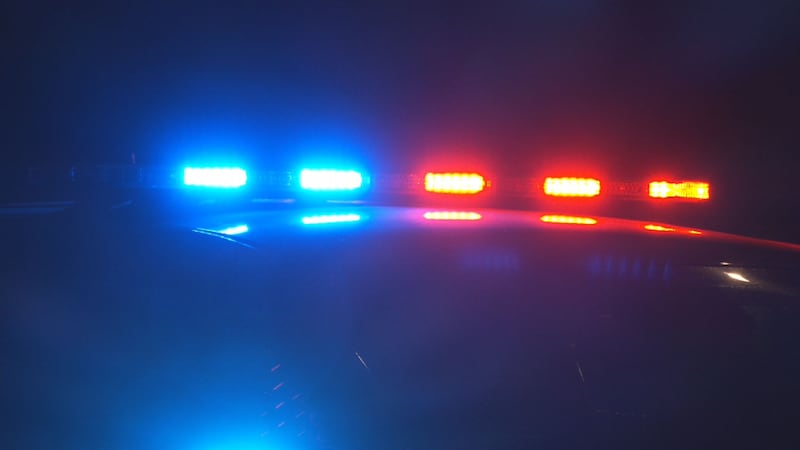SEATTLE — The City of Seattle held the first of five meetings to take the public’s feedback on the use of a variety of surveillance technologies.
A 2017 ordinance was passed to encourage more transparency regarding Seattle's surveillance technology. As required by that ordinance, the city is holding five public meetings to explain this technology to the public, receive feedback, and ultimately, decide whether to continue using the technology moving forward.
In total, Seattle uses 29 separate pieces of technology for surveillance purposes, including license plate readers, closed-circuit cameras, patrol aircrafts, parking enforcement systems, emergency scene cameras, and more.
Starting Monday, Oct. 22 at 5 p.m., and running all the way through early-November, public comments will be heard concerning everything from license plate readers to traffic cameras.
Locations for the public meetings are as follows:
- Meeting 1: Oct. 22, 5 p.m., Columbia City Branch Library
- Meeting 2: Oct. 25, 5 p.m., American Legion Hall
- Meeting 3: Oct. 29, 5 p.m., Bertha Knight Landes Room, Seattle City Hall
- Meeting 4: Oct. 30, 5 p.m., Green Lake Branch Library
- Meeting 5: Nov. 5, 4:30 p.m., Green Lake Branch Library
Scroll down to continue reading
More news from KIRO 7
- Man regrets reporting coyote with head stuck in container after animal is shot and killed
- Driver shot, killed by deputy in Bothell after pursuit
- UW economist: $15 min. wage mostly an economic boon
- Presiding Judge: 'I have serious concerns' about proposal to cut probation in Seattle
- Do you have an investigative story tip? Send us an email at investigate@kiro7.com
Not being discussed is GrayKey, a technology capable of unlocking iPhones that the Seattle Police Department is in the process of acquiring. The technology is still subject to review by the Seattle City Council.
This comes in the same year that Seattle spent $150,000 to remove 28 unused public surveillance cameras. The city installed the cameras in 2013 with a grant from Homeland Security, but after community objections, the cameras were never used. Originally intended for port security, the cameras were also placed in public parks and residential areas.
Of the 28, more than a dozen were removed from downtown Seattle. The cameras were re-purposed for traffic monitoring following the initial removal.
KIRO






